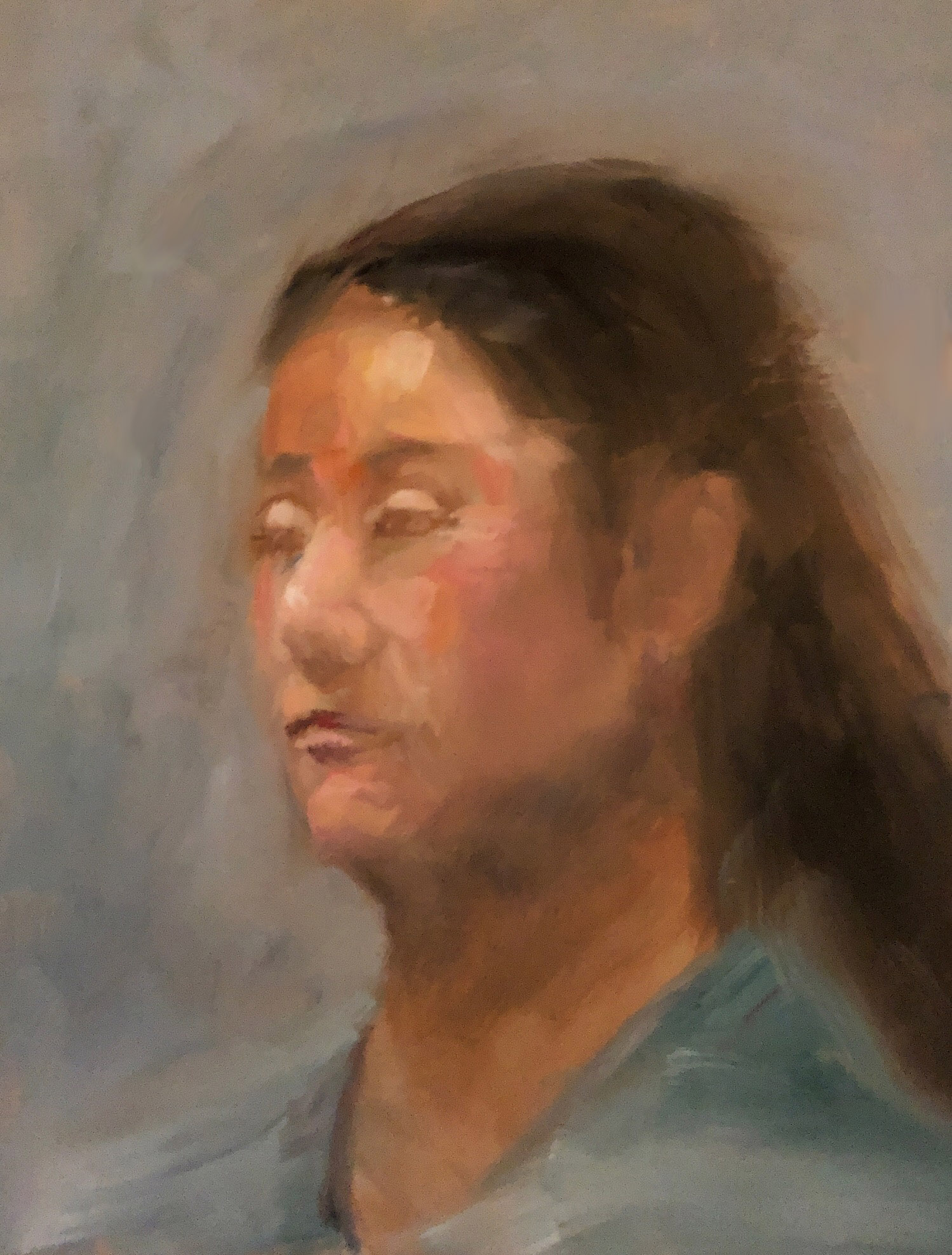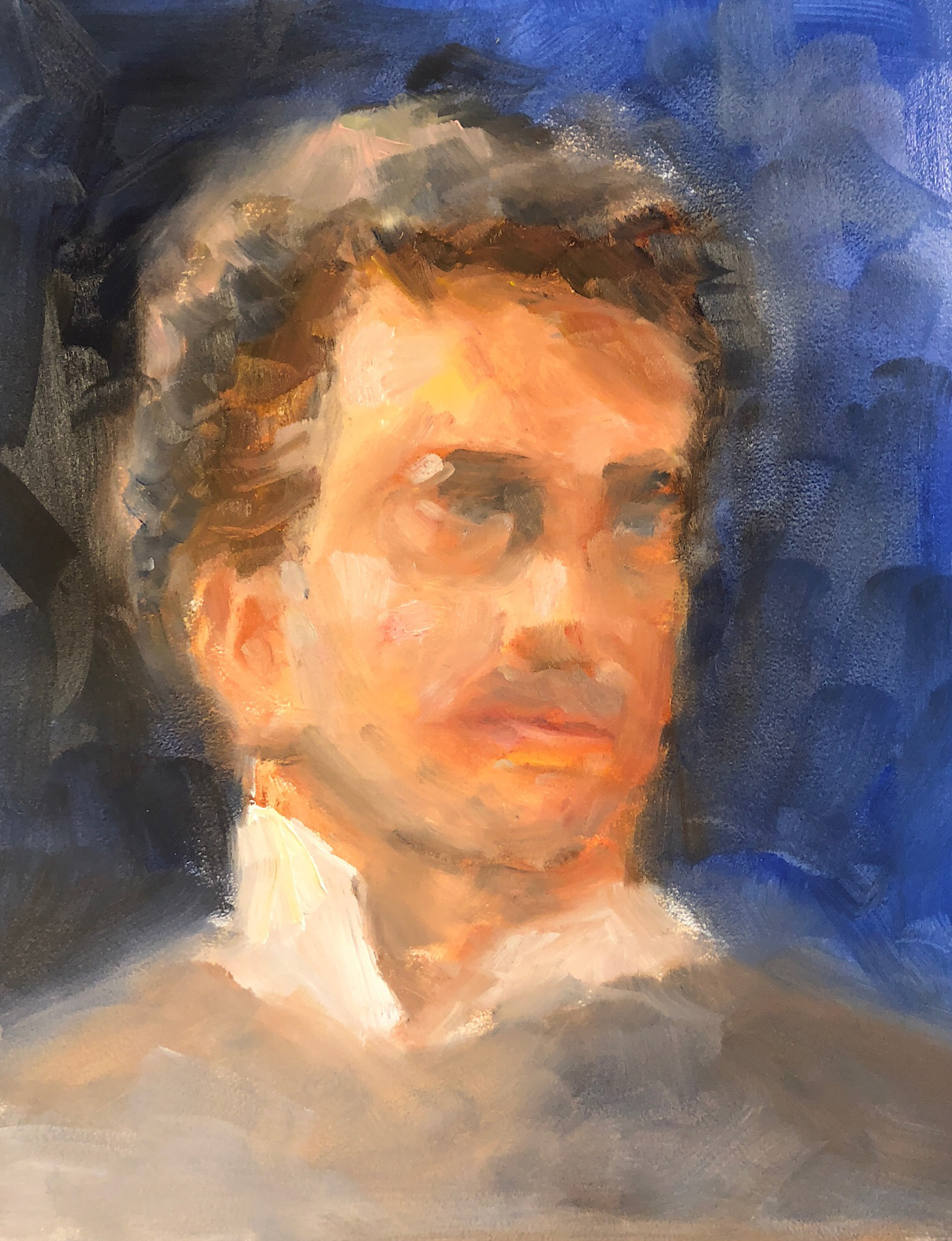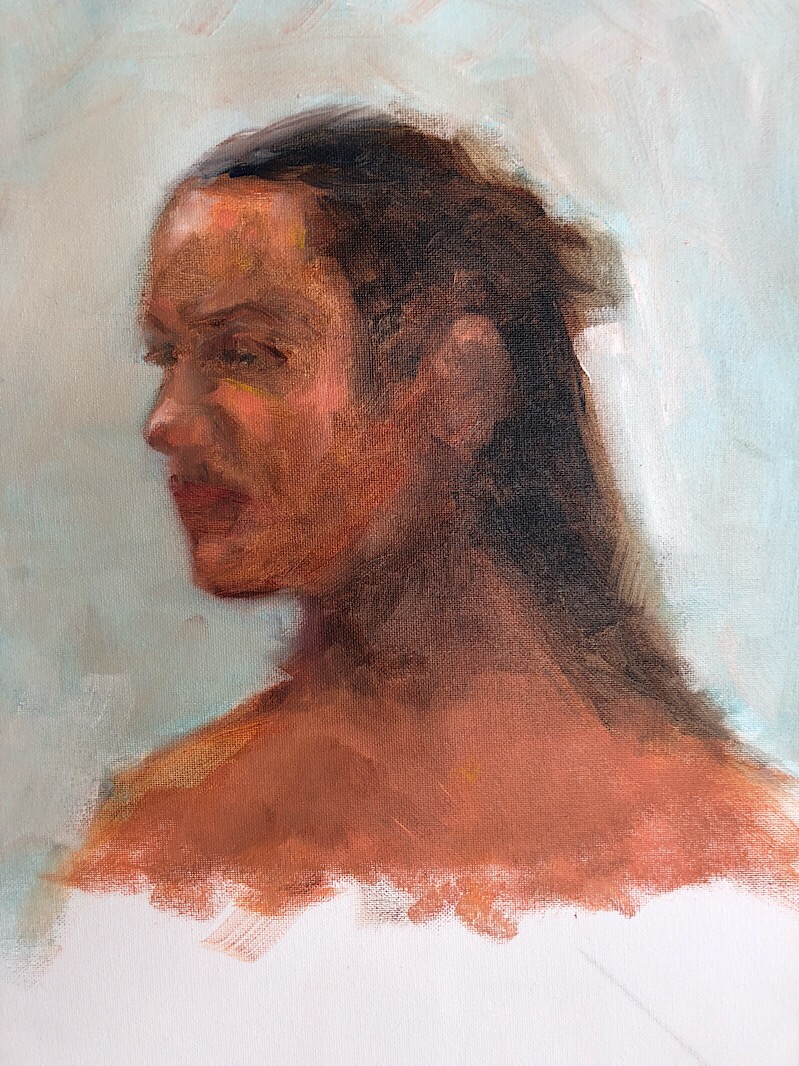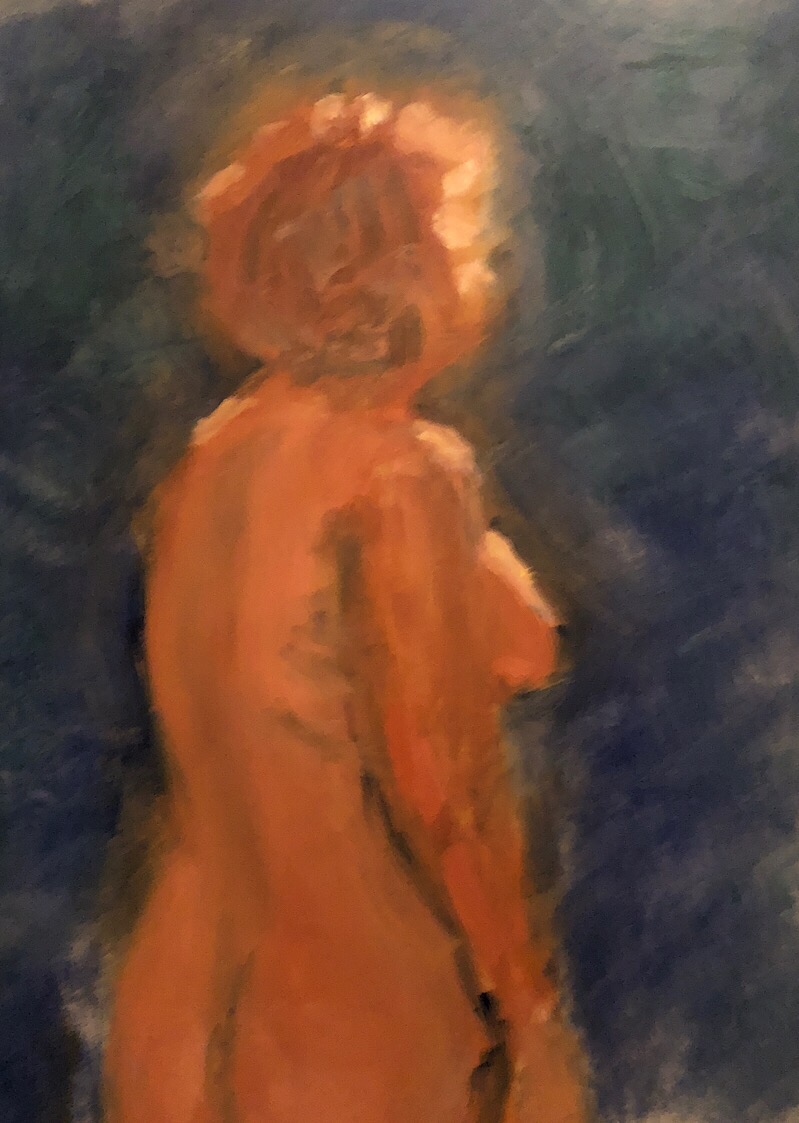Today we visited the National Gallery's show on "Vermeer and the Masters of Genre Painting: Inspiration and Rivalry." It was a really rewarding exhibition! It featured 10 paintings by Vermeer, which was great in itself, but much of the point was to highlight contemporary Dutch Masters who inspired and competed with Vermeer.
These guys repeatedly explored much of the same everyday subjects and tropes: people (usually women) writing letters, primping in front of mirrors, making lace, pouring liquids, weighing or balancing things, receiving guests. The exhibit was arranged thematically, so there was a room on music, a trio of scientists, a pair of lace-makers, a room of letter-writers, and so on. The room on "men" was really fun. These Dutch artists generally preferred to paint women, and when they did include men, they were often ridiculous, clownish figures. We saw more than one "doctor" taking a woman's pulse while flirting with her or her maid. Oddly, though, I thought the men were better-looking than their women. Maybe this just reflects what models were available (or willing to model). Or maybe my 21st-century sensibilities are misleading me.
Gerrit Dou impressed with his naturalistic skin tones and marvelous drapery. Jan Steen made me laugh with his derogatory depictions of men -- quacks, flirty doctors, rakes, clowns. Frans van Mieris had some stupendous figure paintings, including one of my favorites, a tiny picture of a woman with a letter by candlelight. Metsu, ter Borch, and other Masters were featured too.
And of course it was a thrill to see a few Vermeers I'd never seen in person: the Geographer, the Astronomer, the Lace-Maker, a few others. And it's always nice to revisit old favorites. The "Girl with the Red Hat" is not part of the show, but I went to look at it anyway, as I always do when I visit the National Gallery. I'm working on a copy of it; someday I will post it here. It hangs next to another interesting painting by Dou, and next to that is a work attributed to Vermeer, a girl with a flute, that's less engaging than the gal with that crazy fuzzy crimson hat.
The show concludes this Thursday, the 18th, so if you happen to be in the DC area, now is the time to go. You can learn more here: https://www.nga.gov/exhibitions/2017/vermeer-and-the-masters-of-genre-painting.html
























